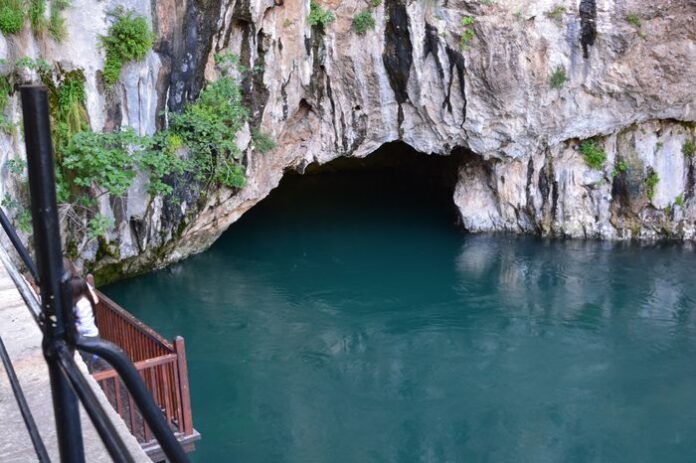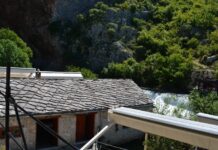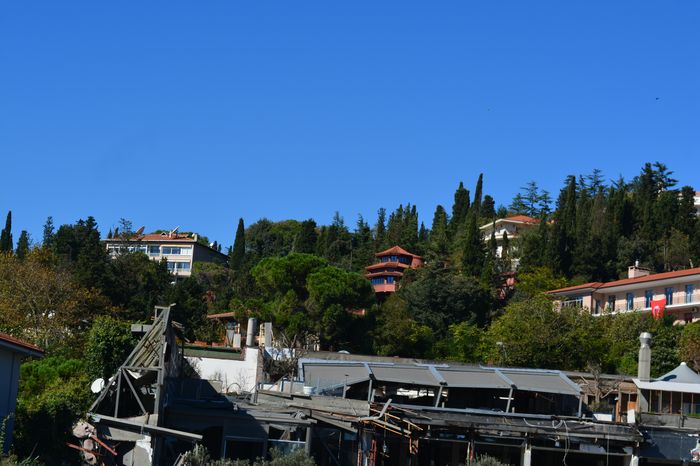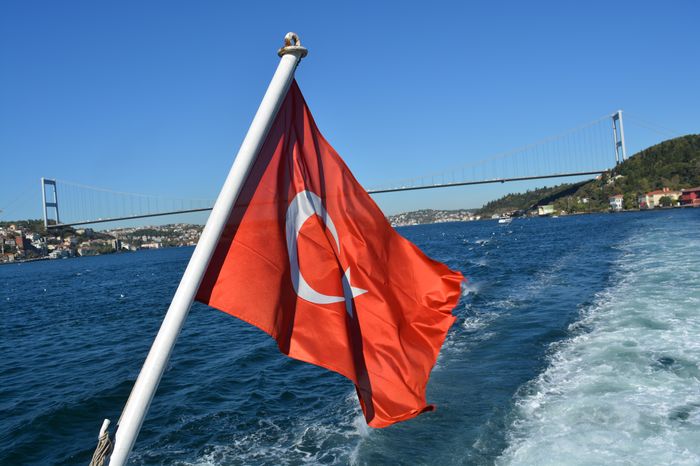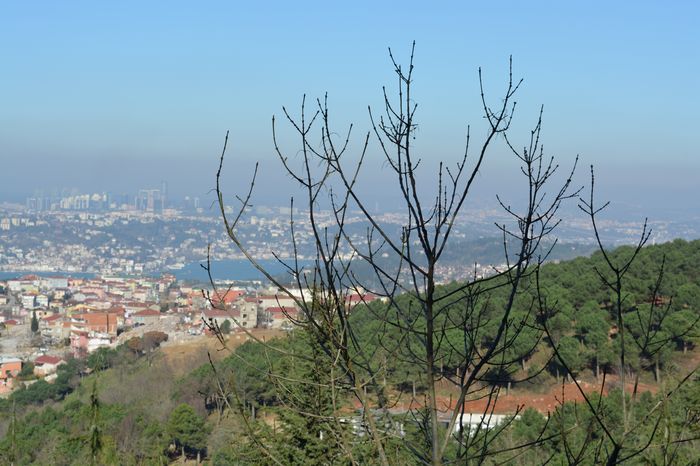A transverse wall (a wall crossing from side to side) was built a short distance to the north of the palace. This wall created a large open courtyard between the two existing walls where the Palace of the Porphyrogenitus stands. This courtyard had two important gateways:
One gate at the north-eastern corner opened into the main city.
Another gate in the western wall provided access to the parateichion, the space between the outer and inner city walls A Royal Residence During Political Conflict.
The western entrance is most likely the same as the Postern of the Porphyrogenitus, a small gate known in history. In 1341–42, this was the gate through which forty-two supporters of John VI Cantacuzene escaped from Constantinople during political conflict.
When Was the Palace Built?
The exact date of construction of the palace is still a matter of debate among historians and architects.
The German architect Salzenberg believed that the palace dates back to the first half of the 9th century and was built by Emperor Theophilus.
However, the name “Palace of the Porphyrogenitus” supports the view that the palace was actually built by Emperor Constantine VII Porphyrogenitus, who ruled in the 10th century. He was famous for constructing many palaces.
Some scholars, like Dr. Paspates, even suggest the palace might be older than the time of Theodosius II (early 5th century). Others, such as Dr. Mordtmann, argue that it was constructed during Theodosius II’s reign. As a result, the question of its exact date remains unresolved and is best left to experts in Byzantine art and architecture.
Features of the Palace and Courtyard
According to Tafferner, the entrance from the city into the palace courtyard was through a monumental gate (propylon) supported by ten beautiful columns. This would have made for a grand and impressive entryway to the inner court of the palace.
At the northwestern end of the courtyard, another residence or building was located. Its western wall still stands today and can be seen above the outer wall of the courtyard. This part of the building has large arched windows, and although much of the structure has collapsed, this section provides valuable insight into its original design and scale.
The Palaiologos Family Monogram
One especially notable detail on the western building is the monogram (a symbol made from letters) of the Palaiologos family, the last ruling dynasty of the Byzantine Empire. This monogram can be seen above the second window from the south. It contains an inscription that reads:
Βασιλεὺς Βασιλέων Βασιλεύων Βασιλευόντων (“King of Kings, ruling over those who rule”)
This royal motto emphasized the emperor’s supreme authority over all other rulers. Its presence on the building suggests it remained in imperial use during the time of the Palaiologoi, right up to the empire’s final years.
The Palace of the Porphyrogenitus, despite its ruinous condition today, remains one of the most valuable architectural and historical monuments of the late Byzantine Empire. Its strategic location, rich decoration, and historical role during times of imperial struggle make it a key site for understanding the politics and art of Byzantium Private Tour Istanbul.
